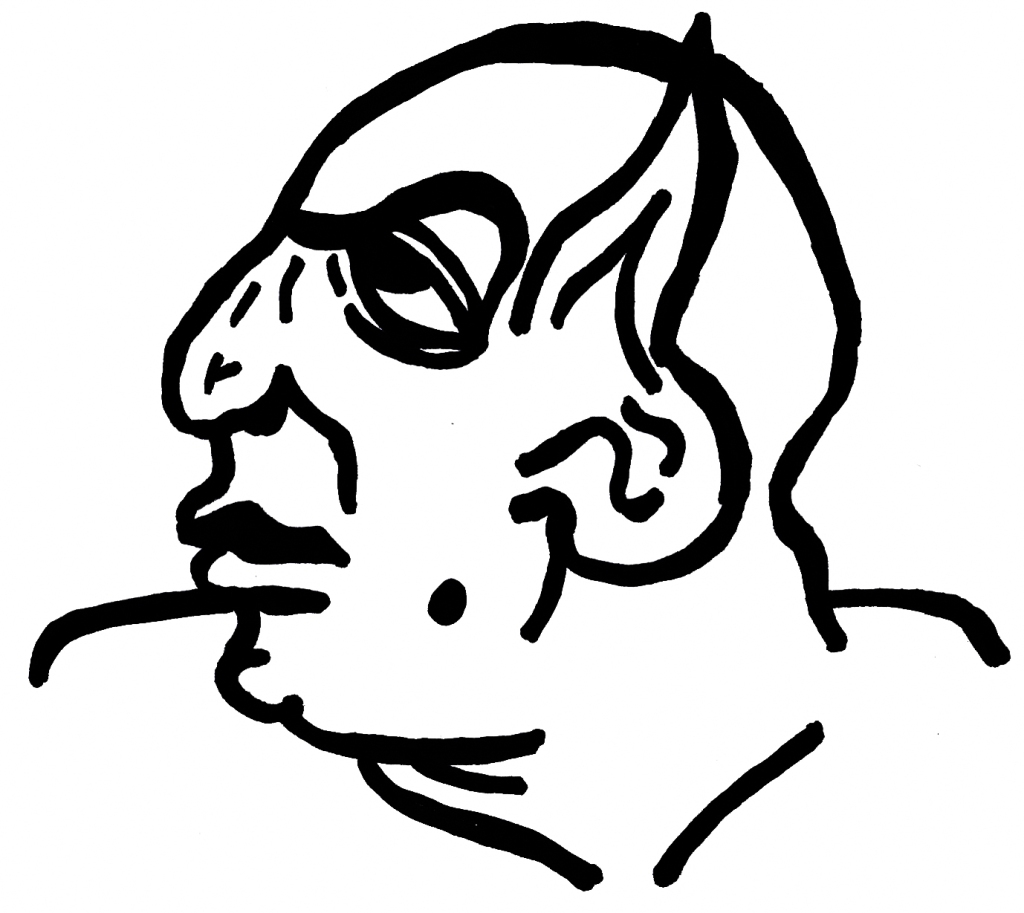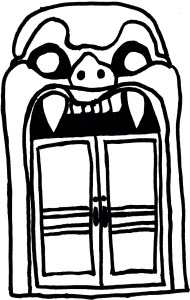Our current Movie of the Month, 1973’s Lisa and the Devil, is a supernatural murder mystery set in a haunted mansion full of creepy mannequins. As usual with Mario Bava, it’s consistently beautiful & eerie while wildly inconsistent in its central mystery’s internal logic. Parsing out what’s really going on in Bava’s films is always miles beside the point; they thrive on vibes and vibes alone. So, what really sets this loopy-logic Bava mystery apart from the rest of his catalog is its haunted castle setting, which vividly contrasts the moods & tones of his filmmaking style against other Gothic horrors of his era from The Corman-Poe Cycle and Hammer Studios. It’s in that contrast where Lisa and the Devil‘s twisty dream logic and harshly artificial color gels really shine as something special.
I knew I was going to use November’s Movie of the Month selection as an excuse to clear out a few of my Mario Bava blindspots. What I didn’t know is that so many of those major blindspots would also be set in haunted castles (as opposed to the bloody couturiers of Blood & Black Lace or the eerie alien landscapes of Planet of the Vampires). As I dug further into Bava’s catalog this month, I really started appreciating how his haunted castle movies boast all of the spooky atmosphere of Hammer Horror at its best, boosted with a lurid Technicolor sleaze that satisfies in a way Hammer rarely does – if ever. Nearly every one is a Masque of the Red Death-level knockout, which is rare for the genre. To that end, here are a few recommended titles if you enjoyed our Movie of the Month and want to see more Mario Bava classics set in haunted castles.
Black Sunday (1960)
I guess I shouldn’t be surprised that Mario Bava spent so much of his career playing with camera equipment in spooky castles, since that setting is exactly where he made a name for himself at the start of his career. Bava’s debut feature credit as a director, Black Sunday (a.k.a. The Mask of Satan) crams in as many haunted-castle spooks & ghouls as it can possibly fit in an 87min runtime: vampires, witches, Satanic rituals, an overachieving fog machine, etc. Even in black & white—devoid of Bava’s trademark color gels—it clearly stands out as the very best of the director’s haunted castle horrors. If anything, the harsh black & white lighting offers a vintage Romero sheen that feels like a novelty in Bava’s larger Technicolor catalog.
If actors dress up in ritualistic costumes and repeat the word “Satan” enough, I’m automatically going to be charmed. It still helps when it’s someone as electrically intense as Barbara Steele. In her breakout, career-defining performance(s), she stars as both a vampiric witch who’s punished for her allegiance to Satan and as the innocent descendent she plans to drain of her blood & youth. Steele’s haunting screen presence (conveyed most fiercely through her intense eye contact) is what makes the movie enduringly iconic, but Bava’s background as a cinematographer heightens every frame with a stark beauty & terror. It’s not Bava at his most idiosyncratic (given that it’s drained of his usual indulgences in color & disregard for plot), but it might be Bava at his best.
The Whip and the Body (1963)
Barbara Steele is not the only horror legend who cut their fangs working with Bava. Christopher “Dracula” Lee collaborated with the Italo-auteur on both the dark fantasy epic Hercules in the Haunted World and in the haunted-castle chiller The Whip and the Body. It’s The Whip and the Body that really leans into the strengths of Lee’s sultry screen presence, casting him as a BDSM ghost who haunts a modest seaside castle (and the masochistic woman he used to adulterize with when he was alive). It’s never much of an exaggeration to say that Christopher Lee was pure sex in his handsome youth, but in The Whip and the Body that statement isn’t even a figure of speech. He haunts the castle as the personification of sadistic sex just as much as he’s the ghost of a cruel pest who even his mistress despised.
The ghostly psychosexual terror of Lee’s kink-ghost is the perfect mechanism for Bava’s usual indulgences in atmosphere & aesthetics. It’s customary for haunted castle movies to feature menacing gusts of howling wind, but here Bava gets to mix in sounds of Lee’s leather whip to pervert that trope into something freshly upsetting. The film haunts a lovely middle ground between the classic gothic horror of Black Sunday and the Technicolor fairy tale horrors of Lisa and the Devil (complete with a dagger in a bell jar as its fairy tale version of Chekov’s gun).
Baron Blood (1972)
Like The Whip and the Body, Baron Blood is about a craven misogynist who haunts his family castle as a menacingly horny ghost. Like Black Sunday, it even dabbles in an undercurrent of witchcraft for counterbalance; the sexist ghost is resurrected from the dead as revenge from a witch who wants to see him tortured for eternity instead being allowed to rest. Unfortunately, this late-in-the-game middle ground between those two classics doesn’t stack up to Bava’s usual standard. It’s conveyed in muddy 1970s browns, and the stoney-baloney pacing of that era is in no rush to get anywhere.
So yeah, Baron Blood is by far the weakest entry of this haunted-castle Bava set. It has its own laidback 70s charms, though, including occultist rituals, rusty torture devices, and a fiendish ghoul with sopping hamburger meat for a face. All it really needed to be a Lisa and the Devil-level stunner was a peppier sense of urgency and a few color gels. Save it for a lazy weekend afternoon, so it’s not such a big deal if you take a nap in the middle of it.
-Brandon Ledet






